ESCAPE
A travellers’ guide to Mount Stewart, mohair country and the Eastern Karoo
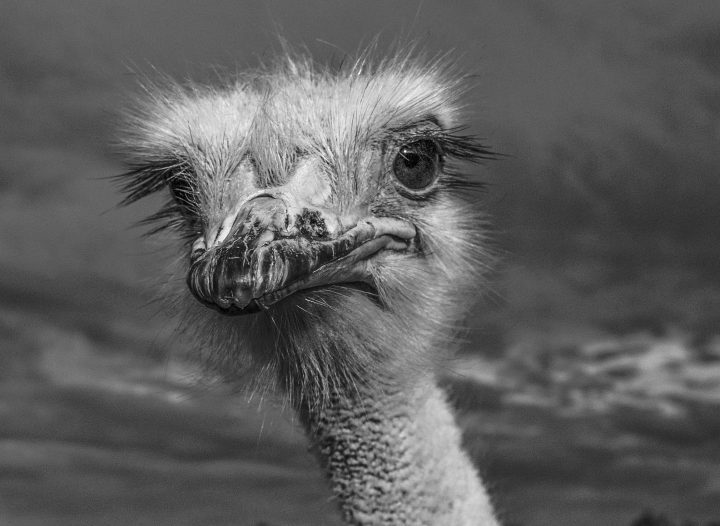
Overland biking through a world of angora goats, wind pumps and abandoned buildings in mohair country.
On New Year’s Day in 1879, an incredible thing happened in the Mount Stewart area: the railway line from Port Elizabeth reached the farming community of mostly Cawoods.
A month later, the line extended to Aberdeen Road and by August the whole Midland Line to Graaff-Reinet was launched.
This brought a measure of wealth to the farming families living in the vicinity. They could now easily transport their fleece clip of sheep’s wool or mohair and produce to the city. They could also send their children to boarding school without having to cart them off and leave the farm.
The Cawood shop at Mount Stewart, established in 1937, made a lot of sense back in those days.
People gathered here regularly and retail business was, presumably, quite brisk. There was never a problem stocking up, either — the station stands scant metres from the shop.
“But when trains ceased to carry passengers and farm produce, and when more and more farmers and their labourers left the land to find work in the cities it was no longer viable,” says author-historian Bartle Logie in Traveller’s Joy.
“One day the shutters went up and stayed up.”
Cawood land
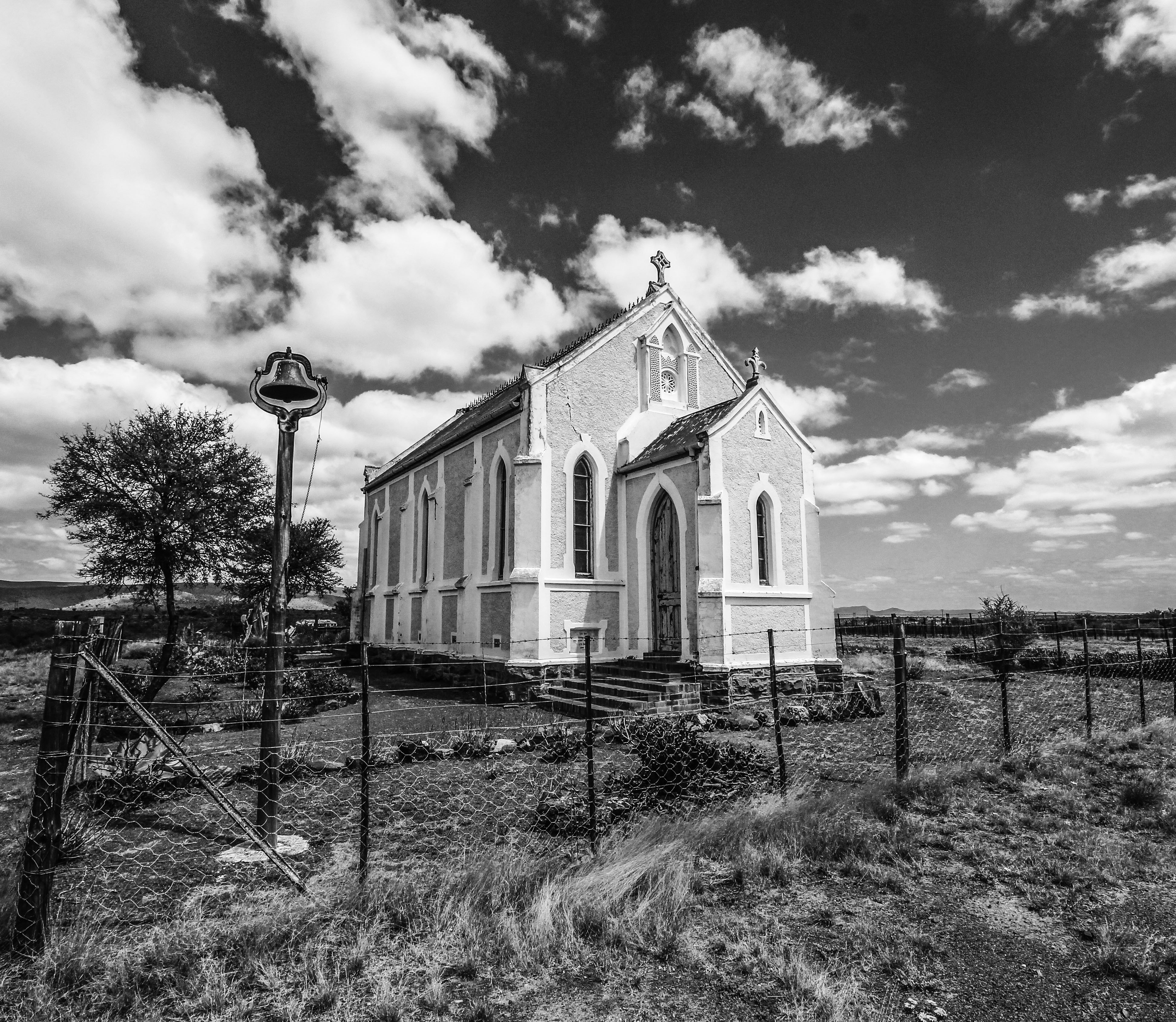
The church in Mount Stewart: the foundation stone was laid in 1904 by JH Cawood. (Photo: Chris Marais)
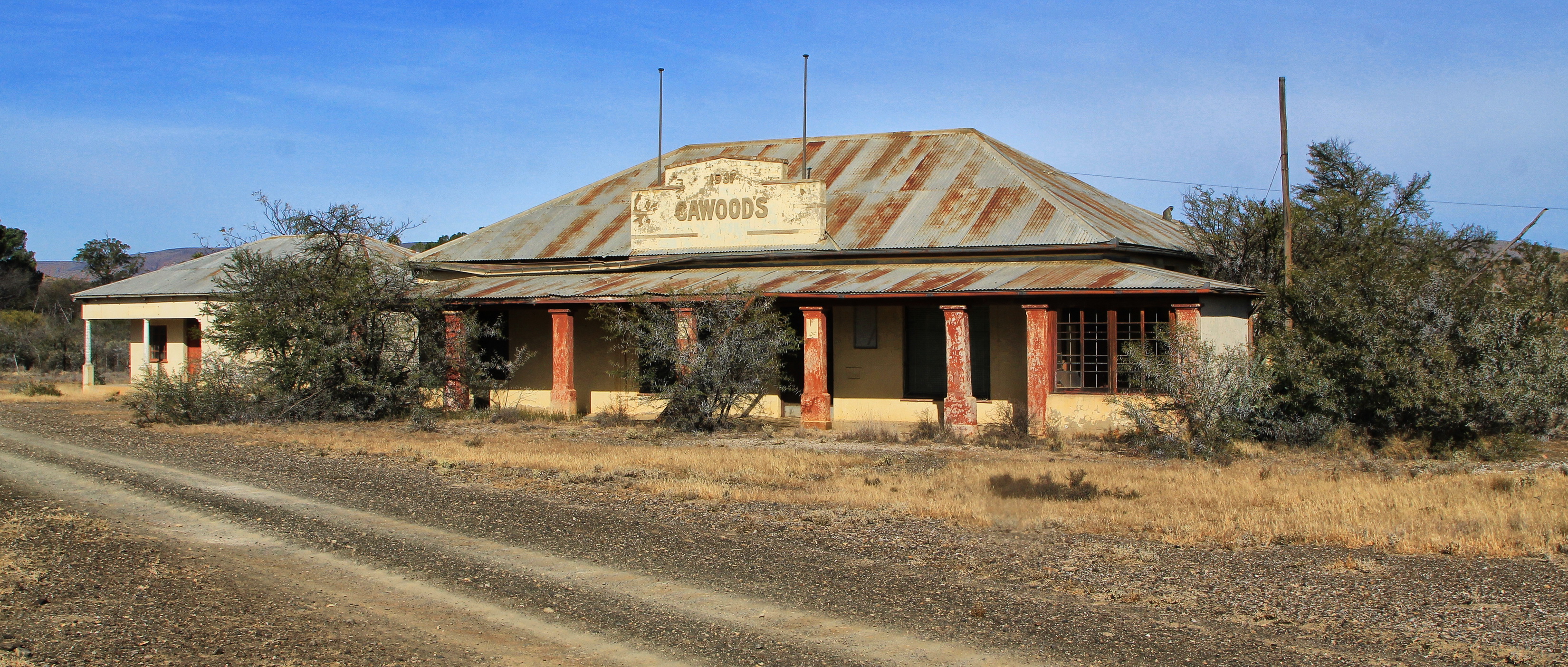
The old Cawood store at Mount Stewart Station. (Photo: Chris Marais)
Your route between Steytlerville and Jansenville takes you past a railway station settlement called Mount Stewart.
To your left is the church. Down a dirt road, on the right, stands the Cawood Trading Store — long closed. You’re in the heart of seven generations of one of the oldest clans in the Eastern Cape Karoo.
A local legend, Leslie Cawood (1896-1960) recalls how, as children, he and his siblings would be transported by horse and cart to this very church on Sundays:
“The church was set on a slight rise and as we approached we could see the sun glinting on the hot stones that covered the koppie…
“As the farmers arrived, they unharnessed their horses and tethered them to the carts. Then they fetched the fodder that was always carried at the back of the cart and gave it to the horses to munch during their long wait.
“This done, they would stand in groups discussing their farming problems and the never-ending topic of drought.
“The women also gathered together and one could see their large feathered hats bobbing as they enthused over the latest remedy for croup or which young farmers were now paying court to their daughters.”
Sock puppets of the veld
A family book is something one writes after a life well lived, and is a perfect legacy for the remaining members of the clan. A memory, well told, is often as good as money in the bank.
So it is with Twinks Savage’s Wings over the Noorsveld and Other Karoo Stories.
Twinks (her maiden name is Cawood) tells of the feather boom days on Angora farm in the Mount Stewart area. When it came to plucking time, the free-ranging ostriches had to be caught, which involved a series of intricate moves on horseback through the dense noors vegetation.
And then, once the birds were in the kraal, each one would have a sock put over its head so it could stand quiet and still for the plucking.
“After the feather market crashed, a few surviving ostriches remained on Angora and one of these lived in a camp near the tennis court,” writes Twinks.
“My father told me that when a ball was hit out of the court, a player ran like a hare to fetch it because, should the ostrich arrive on the scene first it would swallow the ball. When this happened play was stopped until the ostrich was caught and the ball slowly forced back up the long neck.”
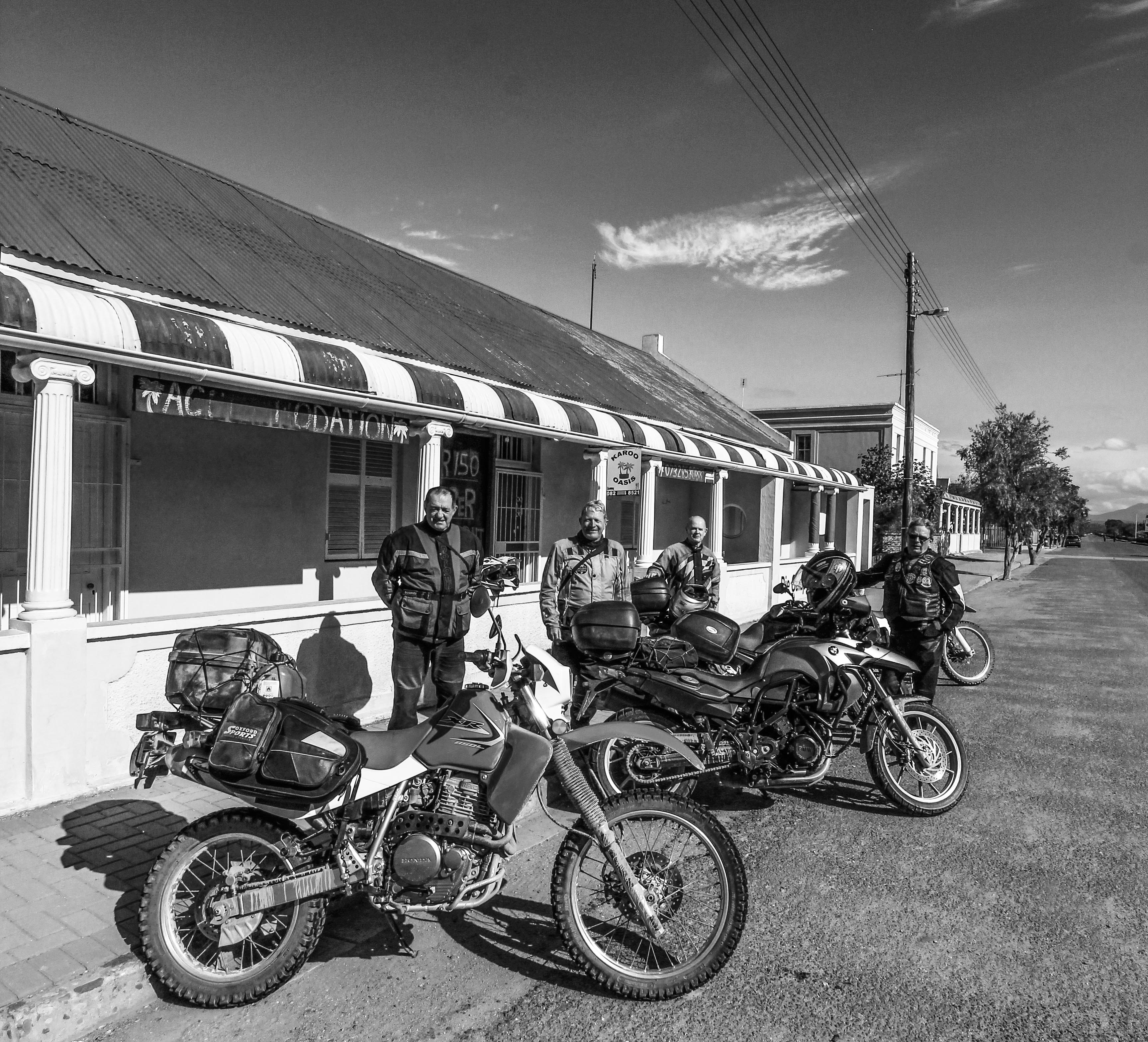
Overland bikers traversing the Eastern Cape Karoo. (Photo: Chris Marais)
Motorbikes in the Karoo
You see them every day of the week somewhere on the road in the Eastern Cape Karoo, travelling like packs of grey wolves. They also come in the form of twinsets of honeymooners or in solo formation, stripped down to a simple formula of soul, sky and serious landscape.
Once a biker has had a bit of Karoo dirt on his machine, it becomes his return ticket and he will be back.
Old guys on a reunion ride will come steaming through Steytlerville. Groups of young road trippers will head across the Plains of Camdeboo on a rite of passage.
A journey through the Karoo means something special to each individual traveller. Riding light on a set of two fast wheels gives you that sense of freedom, space and discovery you can find almost nowhere else in South Africa.
And the pitstops are the best.
All the bikers who know this region have their preferred spots, and they pass the word on to new travellers. You go here for the best biltong, there for the finest cappuccino, here for the tastiest jaffle and there for the coldest beer.
Above all, this is where you come for the warmest welcome.
The region has a habit of calling you back. It’s in the food, it’s in the people, it’s in the history but mostly it’s in the ride.
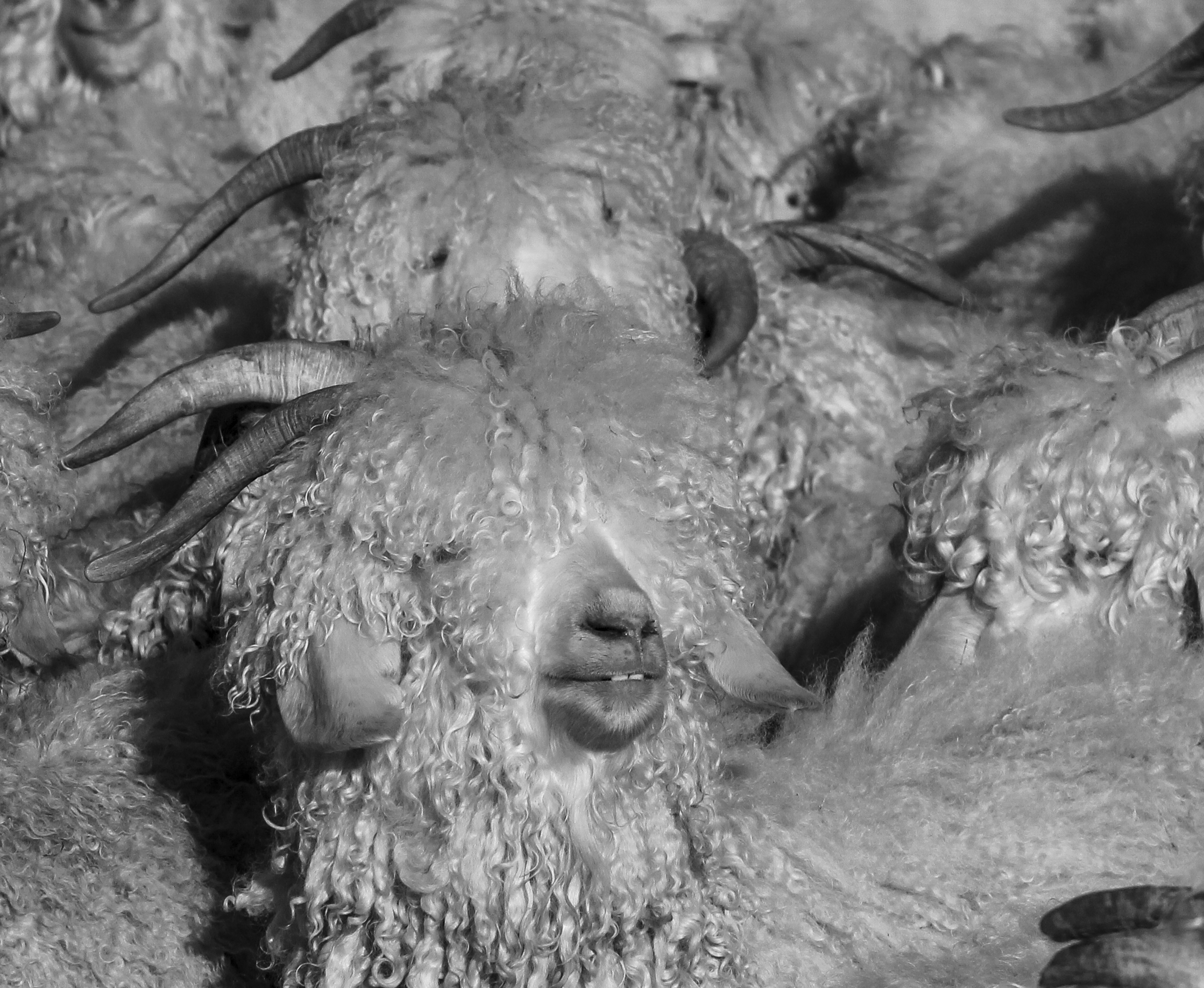
You’re now in Mohair Country, where the hairdos are exquisite. (Photo: Chris Marais)
Mohair country
The story of the world’s finest mohair begins in the Karoo veld and ends up in the great fashion capitals of the world.
Jansenville is the warm, fluffy heart of the Mohair Universe. This fact is celebrated at the Mohair Museum on the main road.
At almost every padstal in the Eastern Cape Karoo there’s a fine selection of scarves, booties, travelling blankets, jerseys, socks, gloves and beanies, all made from the fleece of the Angora goat.
Read more in Daily Maverick: This is mohair country, the southeastern home of the beautiful Angora goat
This region is the perfect place for such a beast. The wide variety of bossies and thorn trees, interspersed with grasses, makes for good browsing. The dry cold winters cut down on diseases and parasites. But being an Angora goat farmer requires nerves of steel and a weather eye for a dropping barometer. These goats are vulnerable to a combination of chill and wind or rain, especially within six weeks after shearing.
Mohair is also popular in the form of a heat-holding lightweight blazer in the High Street of London under the prestigious Alfred Dunhill Camdeboo Mohair label.
South Africa supplies international and local markets with around 2.5 million kilograms or around 60% of the world’s mohair.
What’s more, an astonishing 56 million knitters in the USA are sitting up and showing interest in the luxury ‘diamond fibre’.
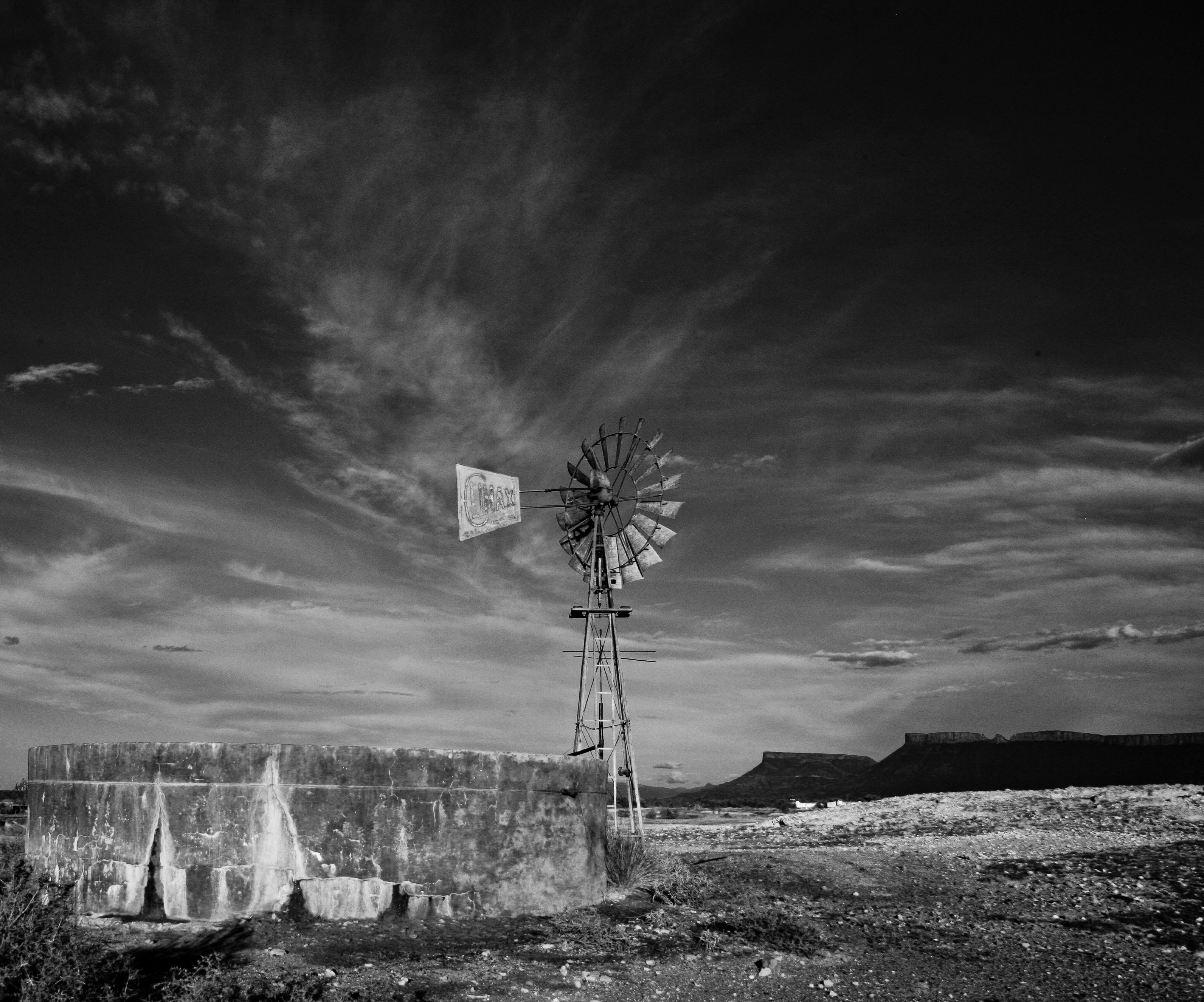
Windpump with the Camdeboo Mountains in background. (Photo: Chris Marais)
Catch the wind
The windpump is the Great Matchmaker in the marriage of the land and the water beneath it. These monolithic steel wheels are what opened the Karoo to human settlement, by allowing farmers access to groundwater.
If you’re ever on a lonely road in the Eastern Cape Karoo at the day’s ending, find the nearest roadside windpump and stop beside it.
Read more in Daily Maverick: Catch the wind – The meditative magic of a Karoo windpump
You will hear, in the far distance, the chirruping call of the blue crane. In the middle distance is the raucous sunset bark of the baboon. Right here, next to you, fresh water gurgles out of a pipe and into a cement dam.
And above you, the Climax creaks and groans as the day cools, and hot metal contracts. Somewhere, in this mix of sights, sounds and occasional silence, lies the absolute seduction of this place.
Although windpumps look romantic and appear to be low-maintenance, Karoo farmers will tell you it takes hard hands and a mechanical brain to keep those blades flashing, year in and year out.
“I’ve got one or two men who know how to handle a windpump,” says farmer JP Steynberg.
“To me, keeping a windpump turning is one of the most difficult challenges of farming. So when one of them needs fixing, I leave it up to the experts and go off to town for the day…” DM
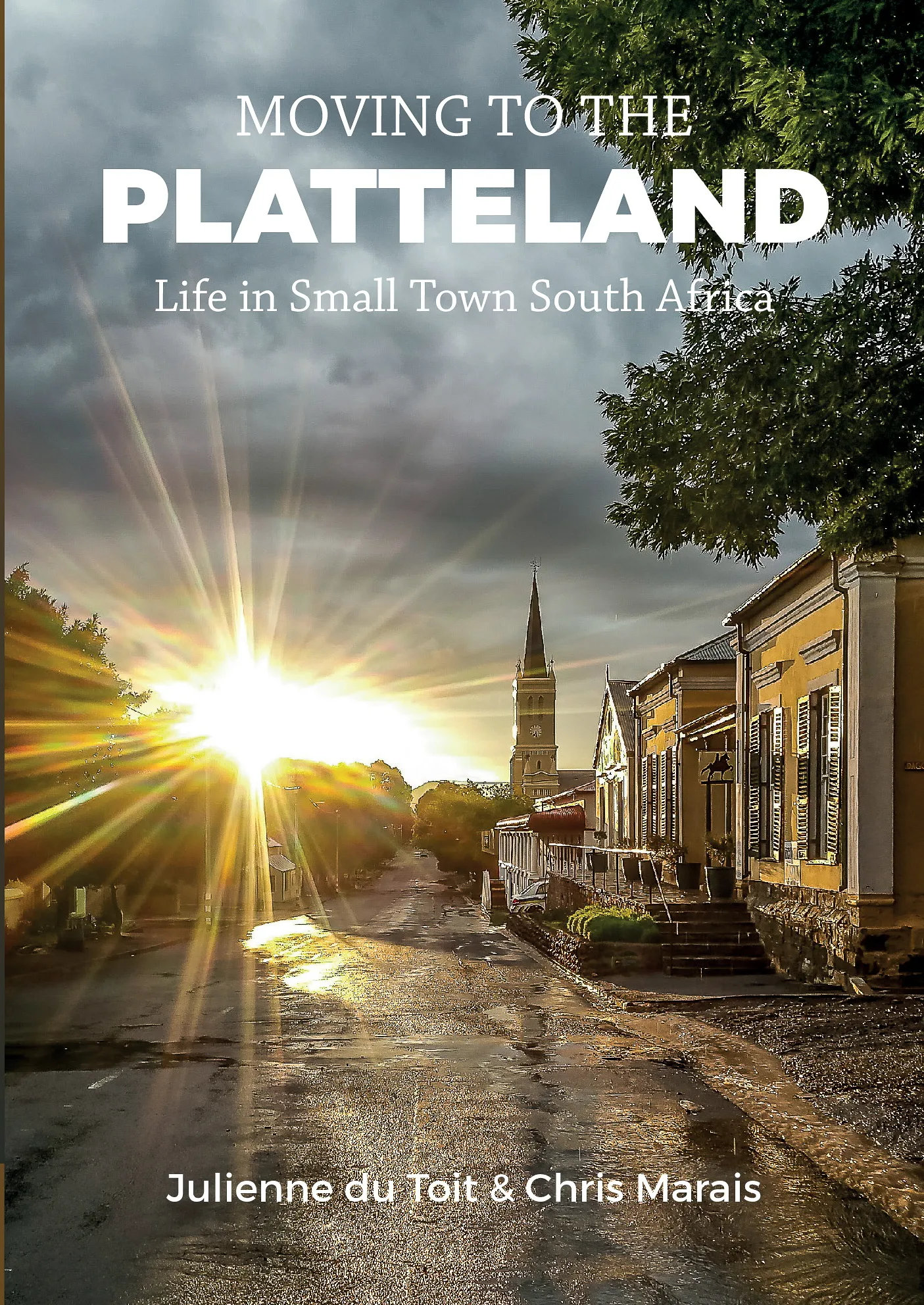
‘Moving to the Platteland: Life in Small Town South Africa’ by Chris Marais and Julienne du Toit.
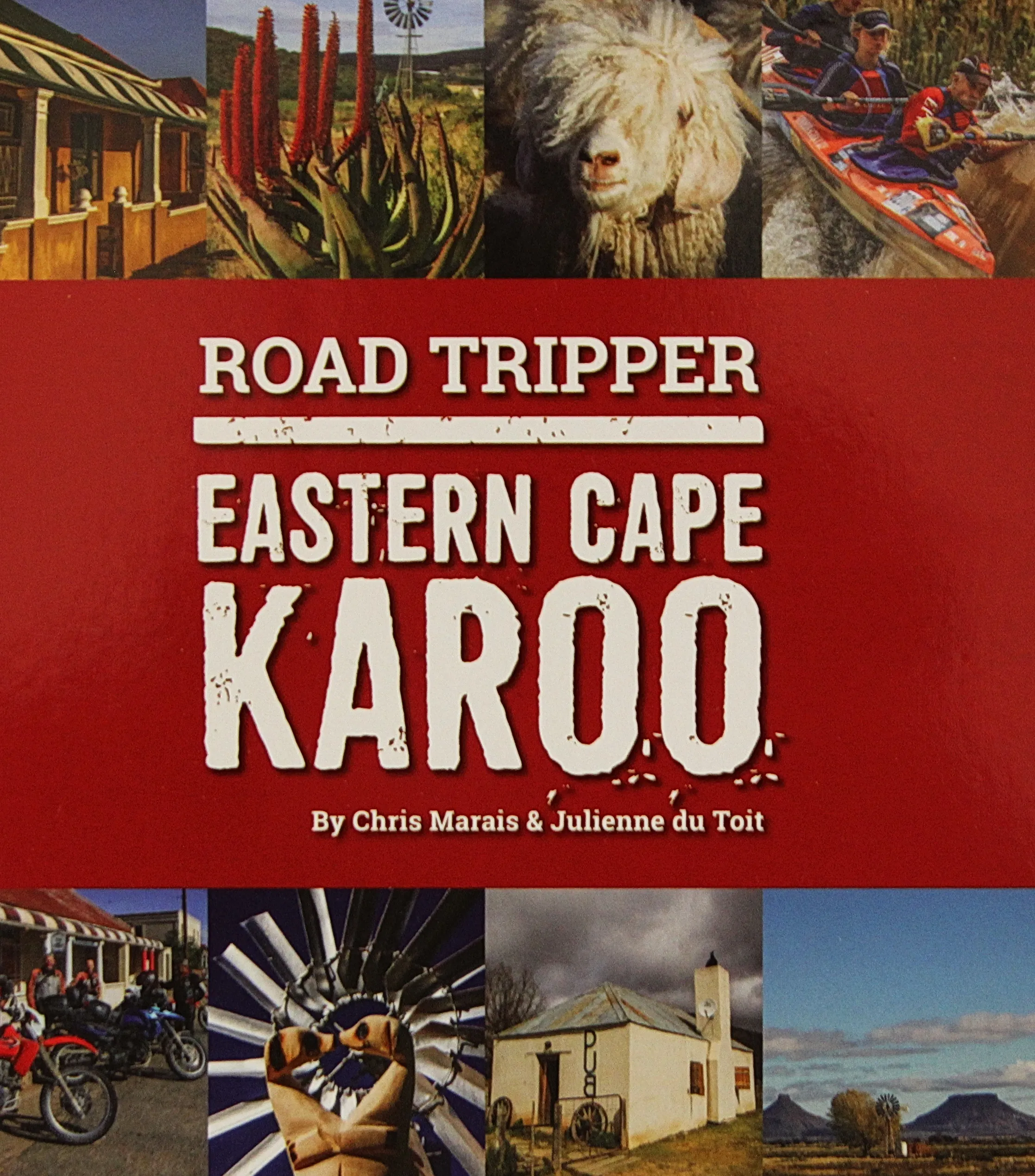
‘Road Tripper: Eastern Cape Karoo’ by Chris Marais and Julienne du Toit.
This is an excerpt from Road Tripper: Eastern Cape Karoo by Chris Marais and Julienne du Toit. The authors are offering a two-book special of Moving to the Platteland: Life in Small Town South Africa and Road Tripper: Eastern Cape Karoo (both illustrated in black and white) at only R520, including courier costs in South Africa. For enquiries, contact [email protected].



















Hi there, is there still a community living at Mount Stewart or is the town completely derelict. I would love to spend a night there if there’s a B&B or guest house working.